Dealing with low water pressure in your house? Learn how to improve
water pressure in-house by identifying common issues and applying effective
solutions. This guide covers everything from checking your main water valve to
installing a booster pump.
Key Takeaways
- Optimal
water pressure for homes typically ranges between 30-80 psi, with 40-60
psi often considered ideal for efficient flow.
- Common
causes of low water pressure include clogged pipes, leaks, and improperly
adjusted valves; identifying these issues is crucial for resolution.
- For
persistent low pressure, advanced solutions like installing a water
pressure booster pump or consulting a professional plumber may be
necessary.
Understanding Water Pressure in Your Home
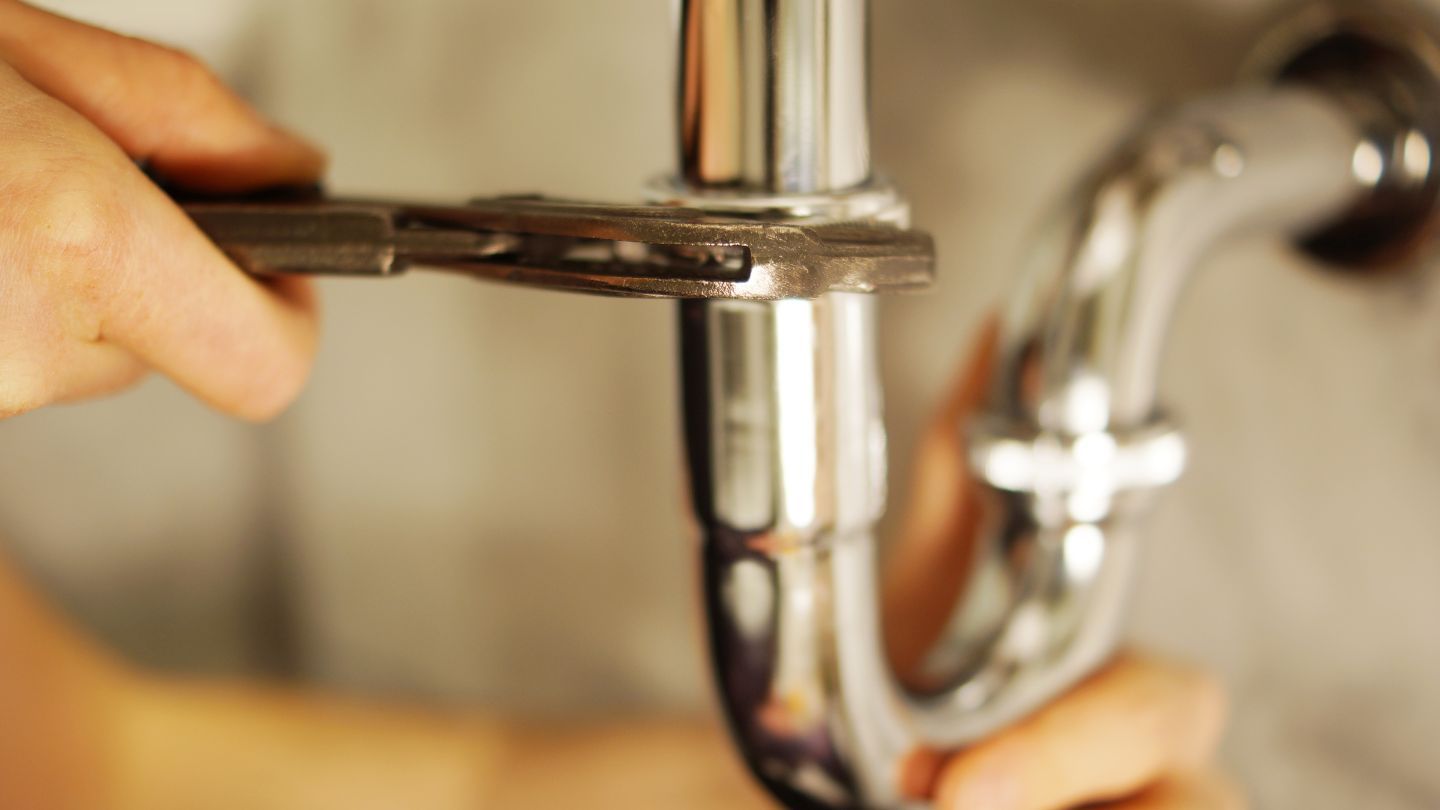
The force applied by water against the interior of your pipes, known as
water pressure, is not just a matter of comfort—it's an essential element of
your plumbing infrastructure. You can measure this pressure using a device
called a pressure gauge, which expresses it in pounds per square inch (psi). By
keeping this pressure at an appropriate level, you ensure that water circulates
through your piping effectively and reaches all appliances and fixtures without
causing any harm or difficulties.
Ensuring the correct water pressure in your home is fundamental for its
efficient operation. If the pressure drops too low, you'll be faced with feeble
showers and laboriously slow-filling machines. If it escalates too high,
there's a potential threat to your plumbing system due to leaks or other types
of damage. Recognizing and sustaining the proper equilibrium is pivotal for
maintaining household harmony.
What Is Considered Optimal Water Pressure?
Maintaining your home's water pressure within a 30-80 psi range is
crucial for optimal operation, with the sweet spot often being between 40-60
psi for most homeowners. This pressure window ensures that your plumbing system
efficiently manages water flow without undergoing unnecessary strain. Regular
monitoring and adjustment of this balance are essential to avoid problems
associated with both low and high-pressure scenarios.
To control any excess water pressure, installing a pressure-reducing
valve can be highly effective in safeguarding your pipes and fixtures from
potential damage. Ensuring all water valves are completely open contributes to
sustaining an ideal level of water flow throughout the household's plumbing
network. Periodically examining and fine-tuning these elements will assist in
maintaining the preferred watermark within its prime zone, thus boosting
overall efficiency and functionality.
Common Causes of Low Water Pressure
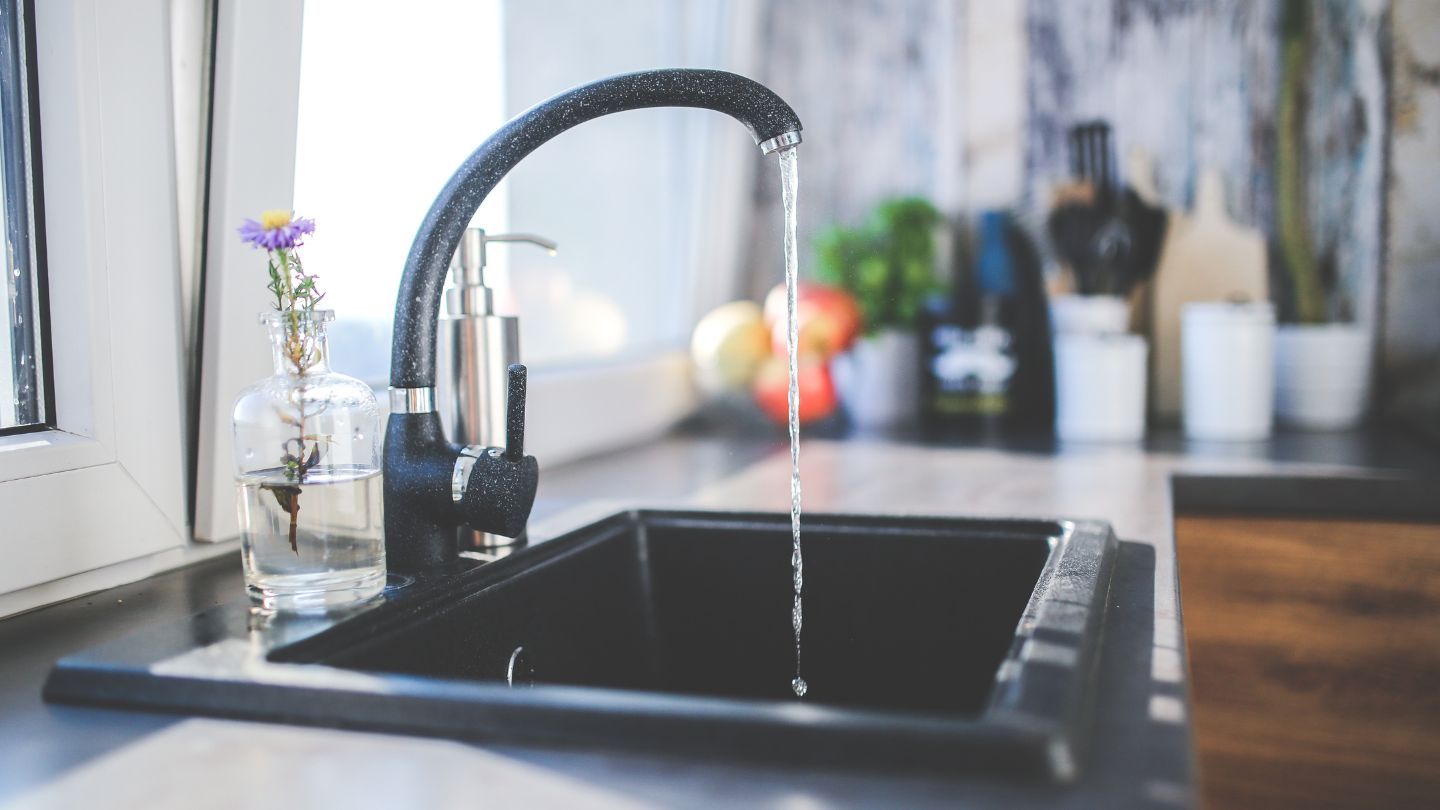
Experiencing low water pressure can be exasperating and is often
attributed to a variety of prevalent factors. These include:
- Obstructed
pipes that impede the flow of water, resulting in diminished pressure
- Leakage
within your plumbing network causing significant declines in water
pressure
- Complications
with the municipal supply of water
- Valves
not set correctly, which may exacerbate the issue
Awareness of these typical causes is vital for diagnosing and rectifying
issues related to inadequate water pressure. Addressing obstacles such as
mineral build-up or obstructions, along with assessing external influences,
represents an essential step toward reinstating proper levels of pressure
within your residence's plumbing system.
How Mineral Deposits Affect Water Flow
Accumulation of mineral deposits in pipes and fixtures can drastically
alter the flow of water. As time progresses, these accumulations constrict the
water's path, which diminishes pressure and degrades performance. Indications
of accumulating minerals often manifest as a drop in water emission from
faucets and showerheads or observable particles within the water itself.
Employing a water softener effectively extracts minerals from your
home's water supply, thereby thwarting their accumulation within your plumbing
system. Periodic cleansing of showerheads and faucets using a solution of
vinegar mixed with water is an effective measure to counteract mineral deposit
effects.
Taking early action against the build-up of minerals ensures sustained
optimal flow rates and maintains consistent pressure levels for household use.
The Impact of Clogged Pipes on Water Pressure
Accumulated debris in the pipes is a frequent culprit behind diminished
water pressure. This blockage hampers the flow of water and drastically reduces
pressure, resulting in low water pressure experiences. Such clogging can stem
from an array of issues like corrosion, mineral buildup within the pipes, or
intrusion by foreign bodies.
To clogs, corrosion within metal piping systems can be responsible for
dwindling water flow and subsequent low-pressure situations. Implementing
routine upkeep and examination of your plumbing infrastructure is essential in
detecting and rectifying any obstructions early on. Maintaining unobstructed
pipes is crucial for sustaining steady pressure levels as well as ensuring
optimal efficiency of water movement across your residence.
Read more: Top Causes of Pipe Bust Causes: What Homeowners Need to Know
Confirm if the Water Pressure is Really Low
Ensure that the pressure in your plumbing system is indeed reduced
before determining whether there are issues with water flow. Conducting a few
straightforward examinations can expedite the identification of the precise
problem while conserving energy and time. First, check if the main water valve
is fully open since its partial closure might be at fault for low water
pressure. Significant improvements can result from unclogging or replacing
fixtures that have become blocked.
Another vital action involves locating and fixing small leaks within
your plumbing system. These minor breaches may cause a gradual decline in
pressure, which negatively impacts the overall flow of water. By confirming
these fundamental concerns and promptly rectifying them, many problems related
to water pressure are often resolved without resorting to more intricate
interventions.
Checking and Adjusting the Main Water Valve
Usually situated close to the water meter, the primary water valve is
essential for controlling the inflow of water into your residence. Ensuring
that this valve is completely open can be an uncomplicated but potent method to
enhance your home's water pressure. If it has been partially closed due either
to maintenance activities or unintended adjustments, you might find a reduced
flow and experience low pressure as a consequence.
Should you be faced with issues of low water pressure, it's important to
check whether the main water valve is fully operational. Modifying the
pressure-reducing valve could provide assistance in such situations. These
simple interventions are often all that's needed to promptly rectify slight
problems related to pressure regulation.
Cleaning or Replacing Fixtures
The buildup of minerals can lead to blockages in fixtures, including
shower heads and faucets, which results in a reduction of water pressure within
certain sections of your residence. To effectively eliminate the mineral
deposits and restore proper water flow, it is recommended to cleanse these
components using a mixture of vinegar and water.
Should the problem persist after cleaning, it may be necessary to think
about substituting aged or impaired fixtures. Contemporary models are more
equipped for dealing with mineral accumulation and sustaining steady pressure
throughout your plumbing system. Performing routine upkeep alongside prompt
replacement where needed ensures that your plumbing operates without a problem.
Fixing Minor Leaks
Swift action in locating and fixing minor leaks is crucial to averting
substantial loss of water pressure and safeguarding your plumbing system's
integrity. It's important to routinely inspect any exposed pipes and joints for
indications of wetness or leaks. Using the right sealants or plumber's tape can
efficiently mend these small breaches, consequently reestablishing the desired
water pressure.
By dealing with leaks as soon as they occur, you help sustain the
optimal performance of your water pressure while thwarting possible harm to
your plumbing infrastructure. Keeping a vigilant eye on your system and
remedying any leakage promptly will guarantee steady and effective flow
throughout your entire plumbing network.
Advanced Methods to Boost Water Pressure
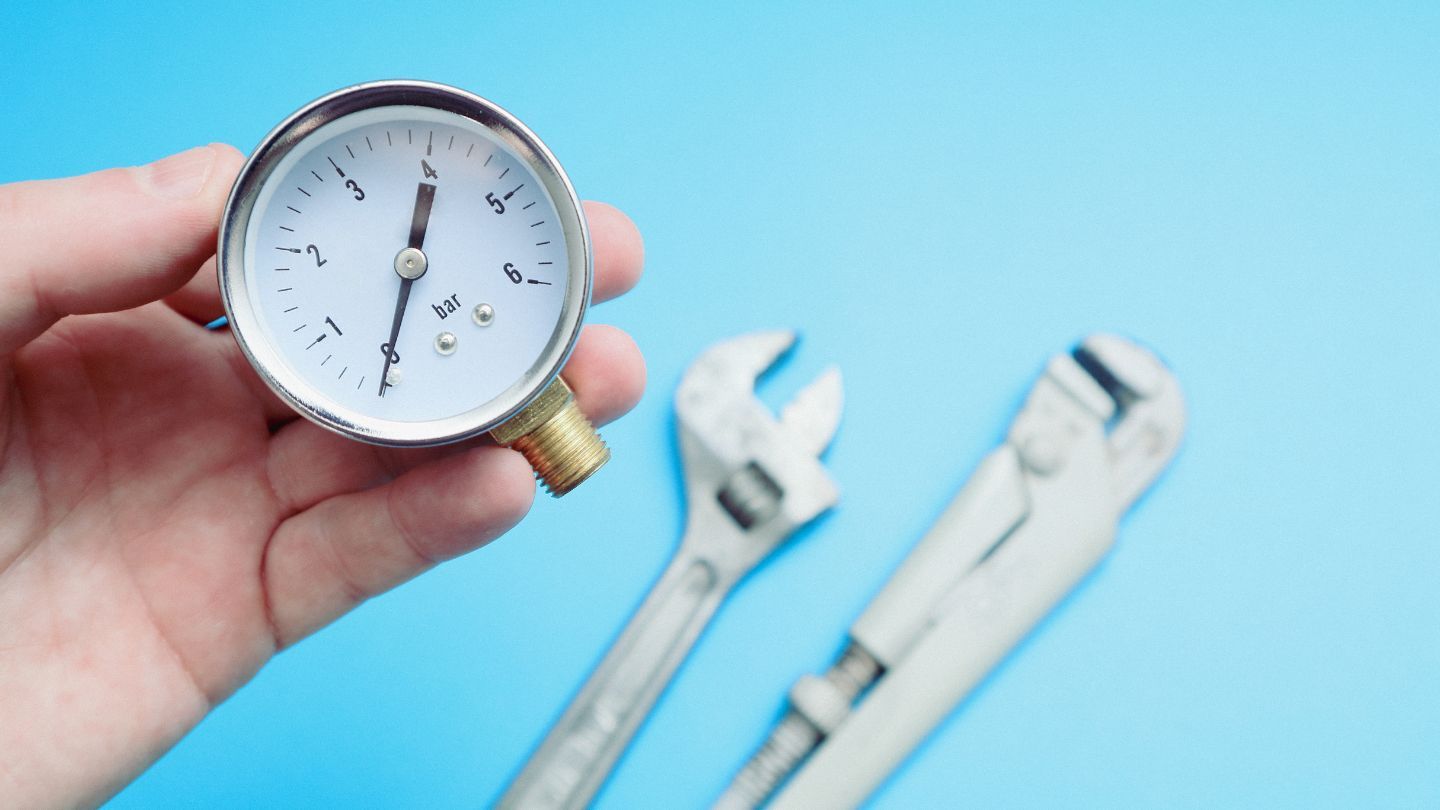
If simple repairs are inadequate, more sophisticated techniques might be
needed to enhance water pressure. Setting up a water pressure booster or making
adjustments to the pressure-reducing valve can be potent remedies for ongoing
issues with low pressure. Though these approaches require greater investment
and skill, they lead to notable advances in elevating water pressure.
It's advisable to keep up regular maintenance of your pressure regulator
and seek advice from a professional plumber when dealing with complex problems.
Employing these advanced strategies will assist you in attaining and sustaining
the desired level of optimal water pressure for an efficiently functioning home
environment.
Installing a Water Pressure Booster Pump
A booster pump is engineered to augment water pressure in households
experiencing persistent low pressure. It functions by pulling water from a
storage tank and propelling it through the plumbing system, thereby boosting
both the flow rate and the overall pressure.
The integration of a water pressure booster necessitates an expert
evaluation to confirm its compatibility with your home's requirements. While
integrating such a device might incur extra expenses during setup, the enhanced
water performance that results often justifies this expenditure.
Adjusting or Replacing the Pressure Reducing Valve
A vital element of your plumbing system, the pressure-reducing valve,
maintains water pressure at acceptable levels. Should this valve fail to
function properly, you might experience uneven water pressure or odd sounds
within your pipes. To tweak and stabilize the water pressure in your home,
adjusting this component may be necessary. If it's defective, a replacement
should bring back normal water flow.
Enlisting the aid of a professional plumber is key for accurately
fine-tuning or replacing this essential valve. Such expertise guarantees that
your plumbing operates under safe pressure while preserving an efficient flow
of water throughout the system, thereby averting possible damage due to
irregularities in pressure.
When to Call a Professional Plumber
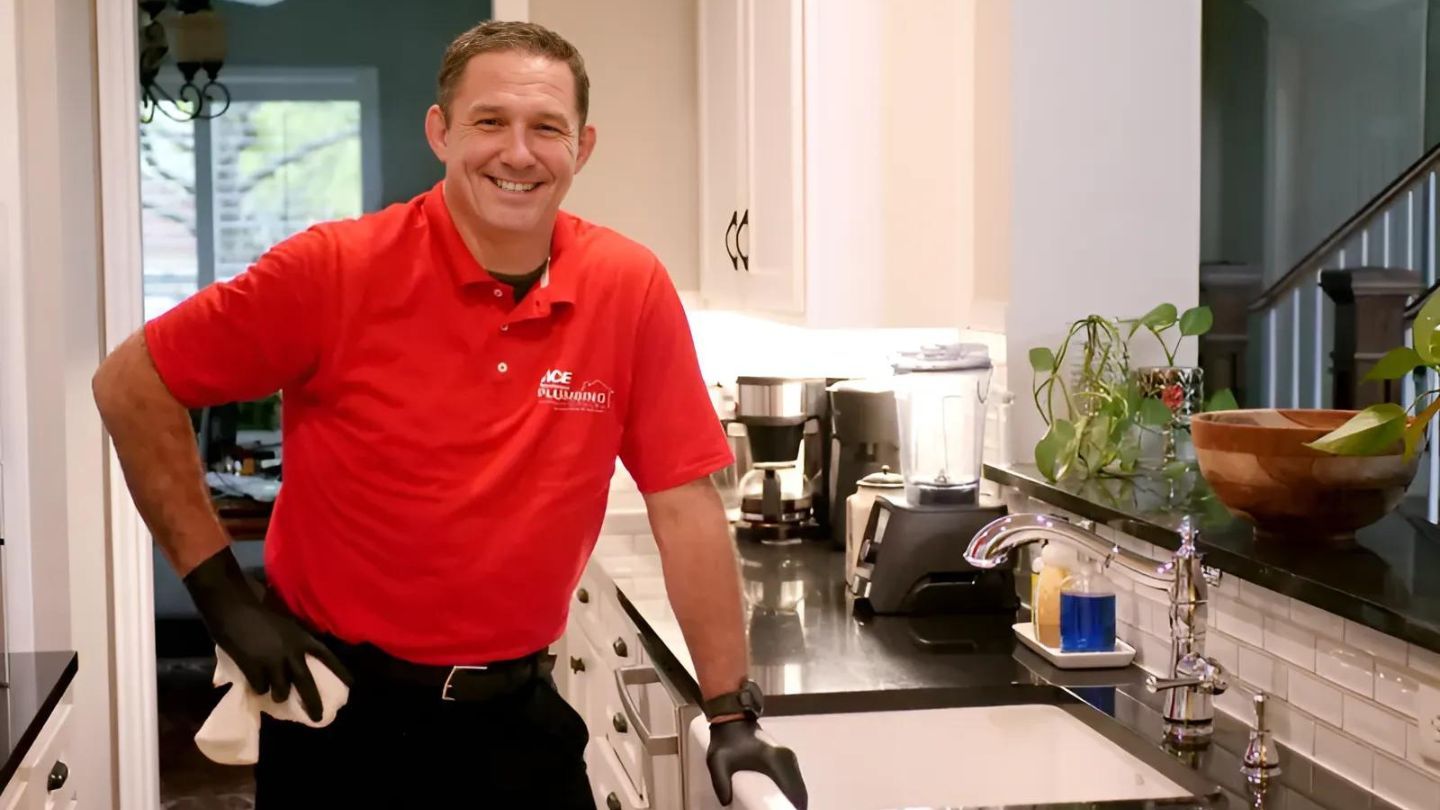
Attempting to fix water pressure issues on your own can prove inadequate
when the problems are persistent. When low water pressure impacts numerous
fixtures or is accompanied by regular clogs and sluggish drainage, it's
advisable to enlist the services of a professional plumber. Such an expert will
evaluate the plumbing system thoroughly, pinpoint the root causes, and
implement appropriate remedies.
Should you encounter major leaks or considerable damage within your
plumbing structure, securing assistance from a certified plumber is crucial for
accurate restoration and prevention of additional troubles. Opting for skilled
intervention often proves beneficial in preserving time, finances, and peace of
mind over time.
When Maintaining Consistent Water Pressure
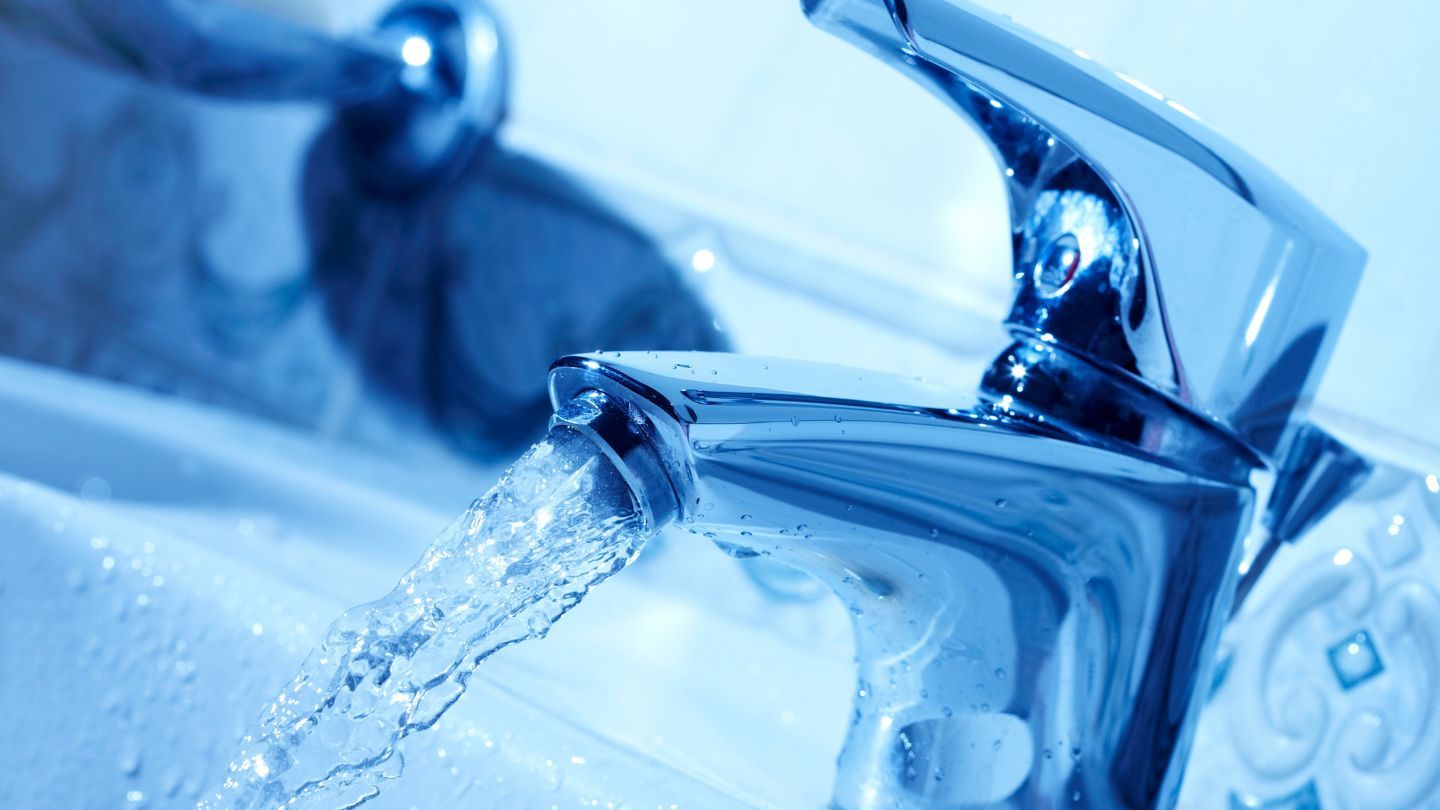
Maintaining regular oversight and upkeep is essential for steady water
pressure. Periodic inspections of your plumbing system's pressure using a
pressure gauge can enable early identification of any fluctuations in water
pressure. To safeguard against particulate buildup that might disrupt your
water flow, it's beneficial to have both a sediment filter and a pressure tank
installed.
It's also important to routinely clean out faucets and showerheads,
along with confirming that the main shut-off valve for the house's water supply
is completely open. Taking proactive measures to resolve small problems swiftly
within your plumbing setup will contribute to sustaining stable and dependable
pressures throughout your household's taps.
A-Total Plumbing
At A-Total Plumbing, we deeply understand the significance of sustaining
ideal water pressure within your household. Our skilled professionals are adept
at handling a range of tasks, from regular upkeep to intricate installations
and fixes. If you're experiencing issues like blocked pipes or low water flow
or require the installation of a new
water heater, count on us for trustworthy and effective solutions.
Operating in areas such as Cartersville, Kennesaw, Atlanta, and North
Georgia regions, A-Total Plumbing dedicates itself to providing customized
attention while keeping you fully informed about the choices available to you.
We have honed our expertise in plumbing restorations and replacement
workmanship, as well as fitting modern water heaters and establishing
whole-house filtration systems that ensure peak performance from your plumbing
infrastructure.
For any inquiries pertaining to your plumbing system's needs, get in
touch with us today!
Summary
Improving water pressure in your home can transform your daily routines,
making tasks like showering and washing dishes much more enjoyable. From basic
checks and fixes to advanced solutions like installing a water pressure booster
pump, there are numerous ways to address low water pressure issues. Regular maintenance and timely repairs are key to maintaining optimal water pressure and preventing future problems. Whether you're dealing with House Leaks, Yard Leaks, Water Heater Leaks, Whole House Stoppages, Hot Water Issues, Water Heater Installation, Toilet Problems, Faucets, or Gas Leaks, our expert team is here to provide reliable solutions for all your plumbing needs.
If you're experiencing persistent water pressure issues, don't hesitate
to seek professional help. A-Total Plumbing offers expert plumbing
services in Kennesaw and is here to assist with reliable
solutions. Take the first step towards restoring powerful water flow in your
home and enjoy the benefits of a well-maintained plumbing system.
Frequently Asked Questions
How can I measure the water pressure in my home?
To measure the water pressure in your home, use a pressure gauge, which
can be easily found at local home improvement stores.
This will provide you with an accurate reading of your water pressure.
What is the ideal water pressure range for a home?
The ideal water pressure range for a home is typically between 30-80
psi, with most homes functioning best at 40-60 psi.
Maintaining this range ensures efficient water flow without causing
damage to plumbing systems.
How can I prevent mineral deposits from affecting my water pressure?
To prevent mineral deposits from affecting your water pressure,
installing a water softener is an effective solution as it removes minerals
from your water supply, reducing buildup in pipes and fixtures.
This proactive measure will help maintain optimal water flow.
When should I consider installing a water pressure booster pump?
If you're dealing with persistently low water pressure, it may be
beneficial to install a booster pump designed to increase the water flow in
your household. This type of water pressure booster can significantly improve
your home's water pressure.
What should I do if I can't resolve low-water pressure issues on my own?
If DIY solutions fail to resolve your low water pressure issues,
contacting a professional plumber is advisable for a thorough assessment and
effective resolution.
This ensures that any underlying problems are addressed properly.

